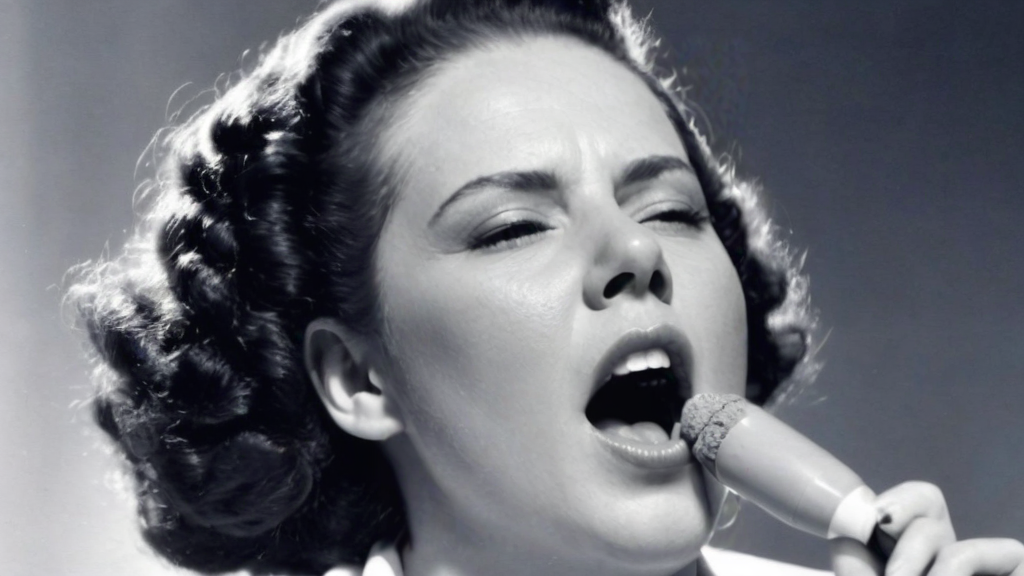Introduction
CBD, known as cannabidiol, is a popular choice for people looking for natural ways to treat pain and discomfort, including chronic headaches and migraines. In this article, we will explore how to use CBD for headaches and the benefits it can offer.
What is CBD?
CBD is a medical cannabis compound extracted from hemp plants with little or no THC content. Unlike THC, CBD does not produce psychoactive or euphoric effects, making it safe and less controversial for medical use. It works in the body by regulating and protecting the endocannabinoid system, which influences inflammation, pain, sleep, and more.
Benefits of CBD for headaches
Studies have shown that CBD can help reduce the pain associated with headaches and migraines. In a recent medical study, participants who received CBD reported a significant reduction in the amount of headache compared to those who did not receive CBD [[1]].
Reduction in the frequency and severity of headaches
CBD has been shown to be effective in reducing the frequency and severity of chronic headaches and migraines. In a study published in the journal Pharmacotherapy, it was found that the use of medical marijuana, which contains CBD, reduced the frequency of chronic migraines in a group of users [[2]]. Furthermore, according to research presented at the European Academy of Neurology Congress, CBD can reduce migraines and relieve the agony associated with them [[3]].
Pain and inflammation relief
CBD has analgesic and anti-inflammatory properties that can help relieve pain and inflammation associated with headaches. By attaching to glycine receptors in the brain, CBD reduces nerve pain and blocks pain signals [[4]]. Additionally, CBD can reduce swelling and inflammation in the body, which can help relieve headache symptoms [[5]].
How to use CBD for headaches
Deciding on Using Topical or Oral CBD
There are different ways to use CBD for headaches. You can opt for topical CBD products, such as creams or ointments, which are applied directly to the skin in the affected area. These products can provide localized relief and reduce inflammation and pain [[6]]. You can also take CBD orally, whether in the form of tinctures, capsules, or edibles. Choosing between topical or oral use will depend on your personal preferences and the location and severity of the headache.
Determine the proper dosage
It is important to determine the appropriate dosage of CBD for headaches. The optimal dosage may vary depending on the individual, their weight, metabolism, and the severity of the headache. It is recommended to start with a low dose and gradually increase until you find the dose that works best for you. It is important to note that CBD is not addictive and has no serious side effects, so you can adjust the dosage as needed [[7]].
Rest and evaluate the results
After taking CBD for a headache, it is important to rest and evaluate the results. CBD can have relaxing effects and help improve sleep quality, so it is advisable to rest after taking it. If you don’t experience relief after a while, you may consider adjusting the dosage or trying different consumption methods. Each person is unique and may require different approaches to find the right relief [[8]].
Conclusions
CBD can be an effective and natural option for headache treatment. Its analgesic, anti-inflammatory and relaxing properties can help reduce the frequency and severity of chronic headaches and migraines. However, it is important to remember that each person is unique and may require different approaches and dosages to find adequate relief. Always consult a healthcare professional before starting any CBD treatment.
